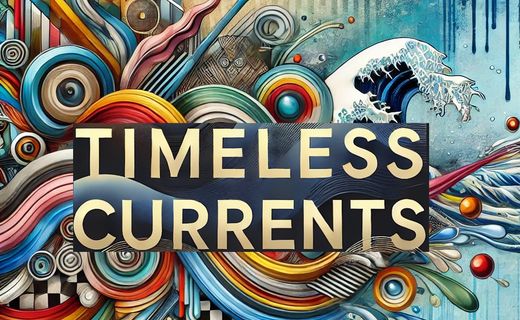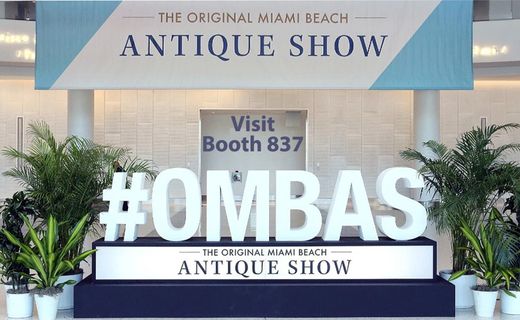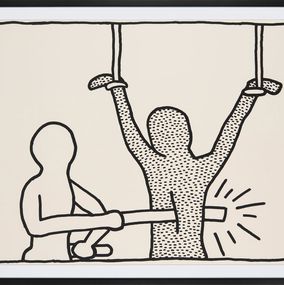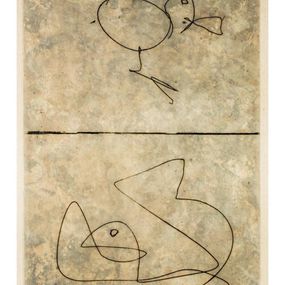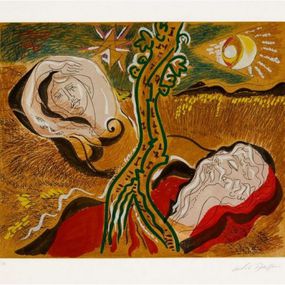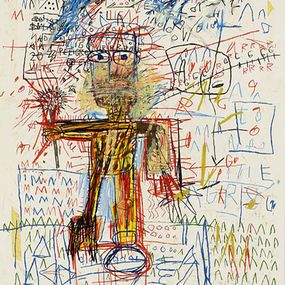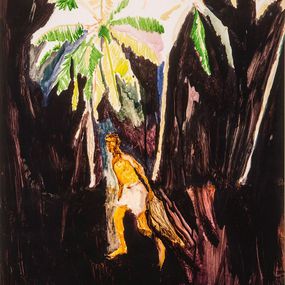

The difference between the surrealists and me is that I am surrealist.
Biography
Salvador Dalí (1904–1989) remains one of the most influential figures in the art world, celebrated for his surrealist works that have captivated collectors and art lovers globally. His innovative approach to abstraction, vivid imagination, and technical skill have earned him a permanent place in art history. Dalí's surrealist masterpieces, featuring dreamlike landscapes and symbolic imagery, continue to be among the most sought-after works in the contemporary art market.
In 2024, Dalí's legacy was highlighted through major exhibitions and events. The Dalí Museum in St. Petersburg, Florida, hosted a groundbreaking immersive experience, offering visitors a deeper understanding of Dalí's artistic genius. Additionally, the Monthaven Arts and Cultural Center in Tennessee presented an exhibition of Dalí's powerful illustrations for Dante's Divine Comedy, showcasing his ability to evoke profound emotion and surreal visions through his artwork.
Dalí's works continue to perform exceptionally well in the auction world. His painting Rose Méditative (1958) sold for over $4 million at a Sotheby's auction in Paris in November 2024, significantly surpassing its estimate, further solidifying his appeal to art collectors and investors. Dalí's pieces consistently command impressive prices at major auctions, reinforcing his status as one of the most valuable artists on the market.
Born in Figueres, Spain, Dalí was initially influenced by Impressionism and Cubism before encountering Surrealism in the late 1920s. Inspired by Sigmund Freud's theories on the unconscious, Dalí developed his “paranoiac-critical method," a technique that allowed him to access and depict his subconscious mind, creating some of the most iconic images in modern art. Works like The Persistence of Memory (1931) are symbols of his ability to transform the ordinary into the extraordinary.
Dalí's creative talents extended beyond painting to include film, sculpture, and literature. He collaborated with Luis Buñuel on the films Un Chien Andalou (1928) and L'Âge d'Or (1930), which continue to be celebrated for their provocative, surreal imagery. Dalí also wrote The Secret Life of Salvador Dalí (1942), an autobiography that offers insights into his eccentric personality and artistic philosophy.
Dalí's works are housed in major collections worldwide, including the Dalí Theatre-Museum in Spain and the Dalí Museum in Florida. His art continues to inspire new generations of collectors, artists, and art enthusiasts, ensuring his place as one of the most beloved and significant figures in the history of modern art. With his bold, imaginative creations, Salvador Dalí's art continues to shape and inspire the art market and artistic culture globally.
Nationality
Categories
Artistic movements
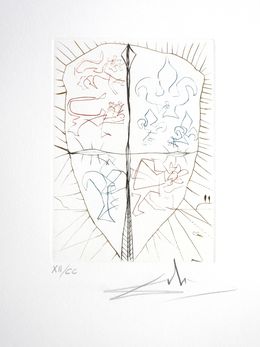
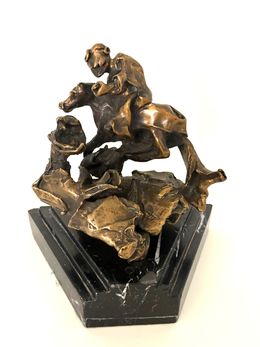
Salvador Dali
Sculpture - 25 x 19 x 19 cm Sculpture - 9.8 x 7.5 x 7.5 inch
$5,477
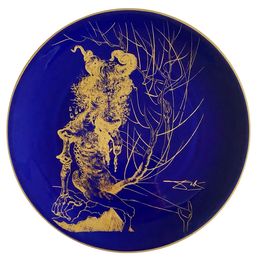

Salvador Dali
Fine Art Drawings - 15.5 x 9.5 x 0.2 cm Fine Art Drawings - 6.1 x 3.7 x 0.1 inch
$99,809
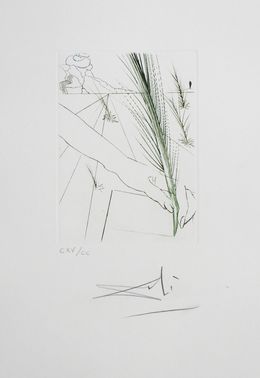
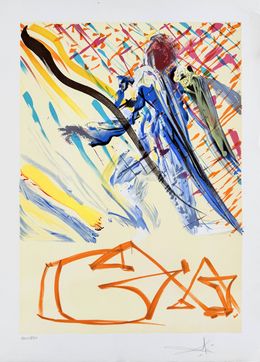
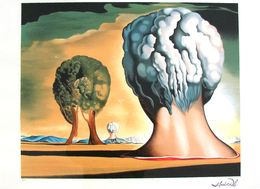
Salvador Dali
Print - 56 x 76 x 0.3 cm Print - 22 x 29.9 x 0.1 inch
$730 $657
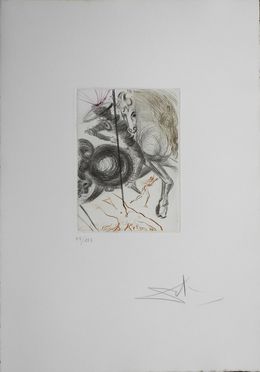
Salvador Dali
Print - 44.5 x 31.5 cm Print - 17.5 x 12.4 inch
$1,461

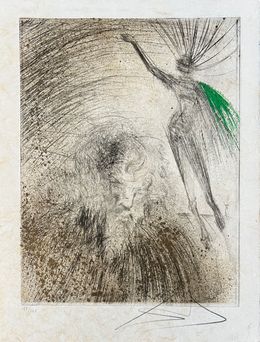
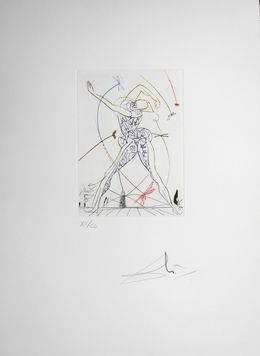
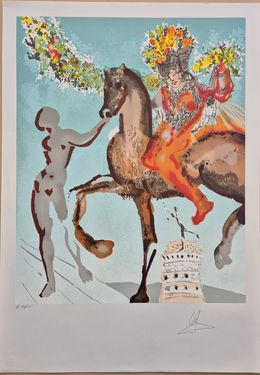
Salvador Dali
Print - 74 x 54 x 0.1 cm Print - 29.1 x 21.3 x 0 inch
$4,479
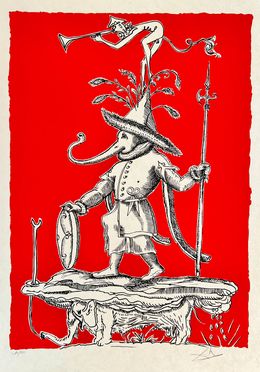
Salvador Dali
Print - 76 x 56 x 0.1 cm Print - 29.9 x 22 x 0 inch
$2,191
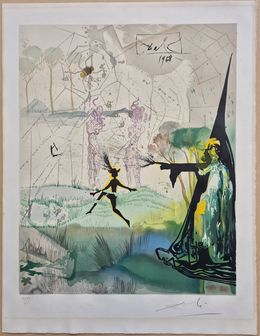
Salvador Dali
Print - 64 x 50 x 0.1 cm Print - 25.2 x 19.7 x 0 inch
$5,208
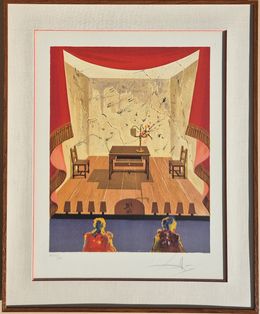
Salvador Dali
Print - 52.5 x 42.5 x 0.1 cm Print - 20.7 x 16.7 x 0 inch
$4,698
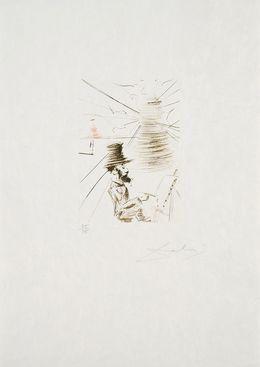
Salvador Dali
Print - 45 x 31.5 x 1 cm Print - 17.7 x 12.4 x 0.4 inch
$3,652
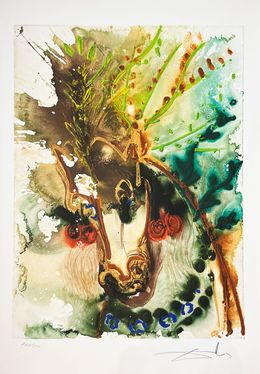
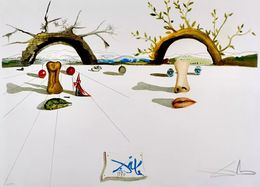
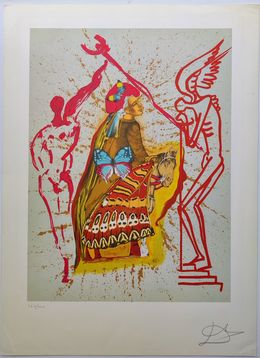
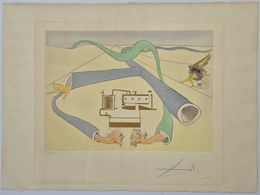
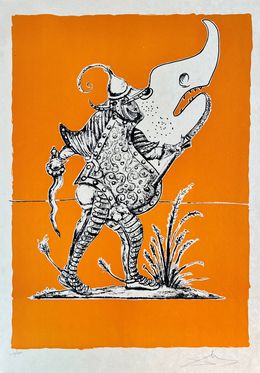
Salvador Dali
Print - 76 x 56 x 0.1 cm Print - 29.9 x 22 x 0 inch
$2,191
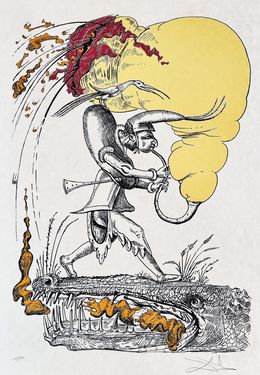
Salvador Dali
Print - 76 x 56 x 0.1 cm Print - 29.9 x 22 x 0 inch
$2,191
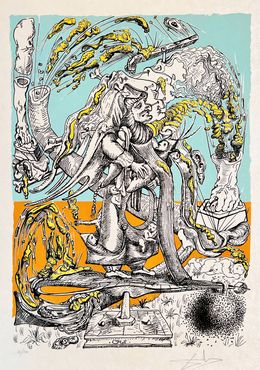
Salvador Dali
Print - 76 x 56 x 0.1 cm Print - 29.9 x 22 x 0 inch
$2,191
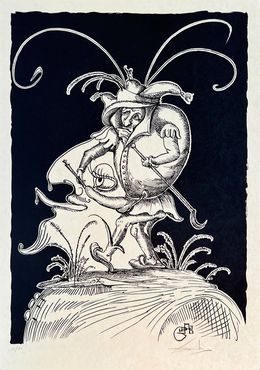
Salvador Dali
Print - 76 x 56 x 0.1 cm Print - 29.9 x 22 x 0 inch
$2,191
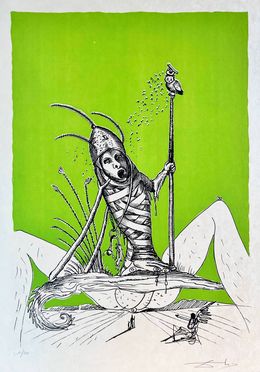
Salvador Dali
Print - 76 x 56 x 0.1 cm Print - 29.9 x 22 x 0 inch
$2,191

Salvador Dali
Print - 76 x 56 x 0.1 cm Print - 29.9 x 22 x 0 inch
$2,191
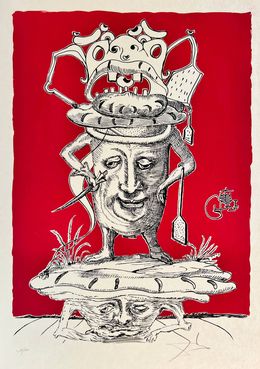
Salvador Dali
Print - 76 x 56 x 0.1 cm Print - 29.9 x 22 x 0 inch
$2,191
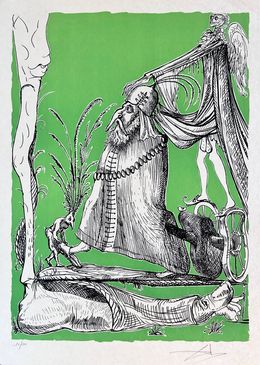
Salvador Dali
Print - 76 x 56 x 0.1 cm Print - 29.9 x 22 x 0 inch
$2,191
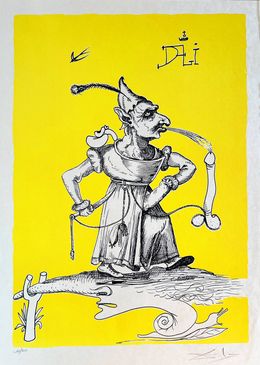
Salvador Dali
Print - 76 x 56 x 0.1 cm Print - 29.9 x 22 x 0 inch
$2,191
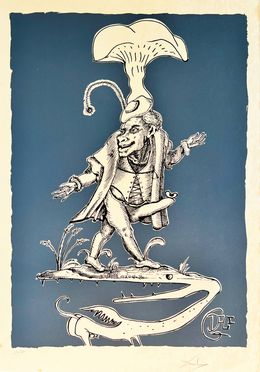
Salvador Dali
Print - 76 x 56 x 0.1 cm Print - 29.9 x 22 x 0 inch
$2,191
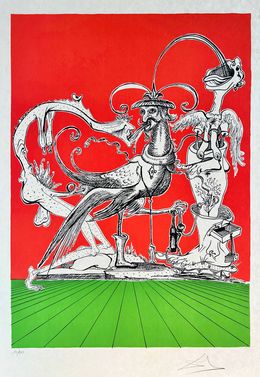
Salvador Dali
Print - 76 x 56 x 0.1 cm Print - 29.9 x 22 x 0 inch
$2,191
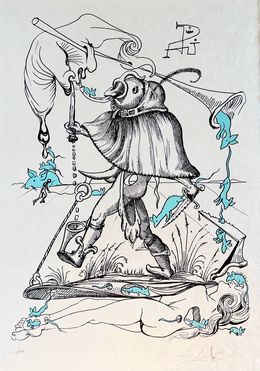
Salvador Dali
Print - 76 x 56 x 0.1 cm Print - 29.9 x 22 x 0 inch
$2,191
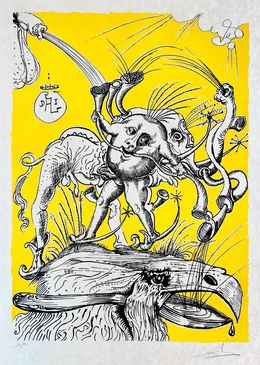
Salvador Dali
Print - 76 x 56 x 0.1 cm Print - 29.9 x 22 x 0 inch
$2,191
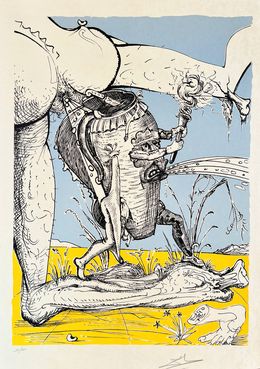
Salvador Dali
Print - 76 x 56 x 0.1 cm Print - 29.9 x 22 x 0 inch
$2,191


Salvador Dali
Print - 65.5 x 51 x 0.1 cm Print - 25.8 x 20.1 x 0 inch
$11,782
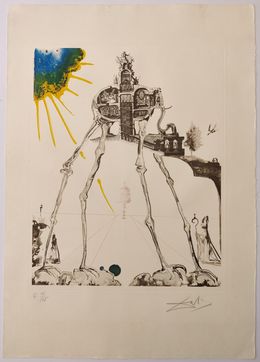
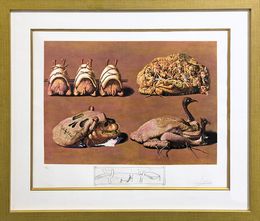
Salvador Dali
Print - 55.9 x 74.9 x 0.3 cm Print - 22 x 29.5 x 0.1 inch
$1,838
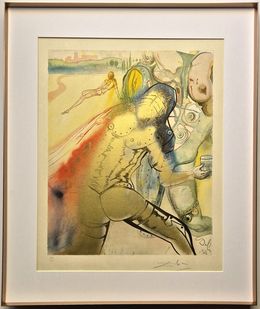
Salvador Dali
Print - 52.5 x 42.5 x 0.1 cm Print - 20.7 x 16.7 x 0 inch
$4,698

Salvador Dali
Print - 65 x 50 x 0.1 cm Print - 25.6 x 19.7 x 0 inch
$4,698

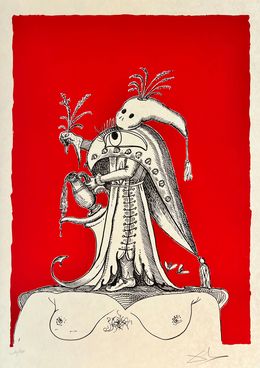
Salvador Dali
Print - 76 x 56 x 0.1 cm Print - 29.9 x 22 x 0 inch
$2,191
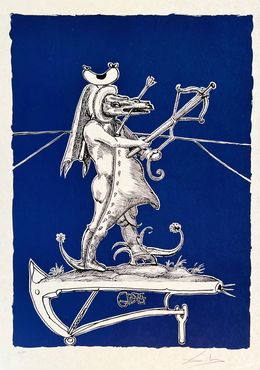
Salvador Dali
Print - 76 x 56 x 0.1 cm Print - 29.9 x 22 x 0 inch
$2,191
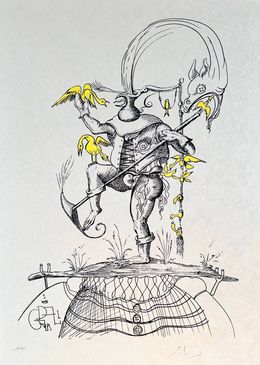
Salvador Dali
Print - 76 x 56 x 0.1 cm Print - 29.9 x 22 x 0 inch
$2,191

Salvador Dali
Print - 76 x 56 x 0.1 cm Print - 29.9 x 22 x 0 inch
$2,191

Salvador Dali
Print - 76 x 56 x 0.1 cm Print - 29.9 x 22 x 0 inch
$2,191
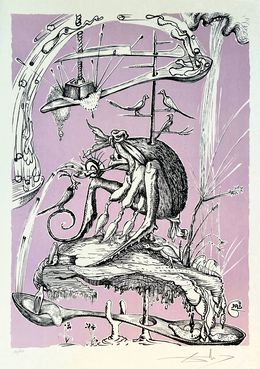
Salvador Dali
Print - 76 x 56 x 0.1 cm Print - 29.9 x 22 x 0 inch
$2,191
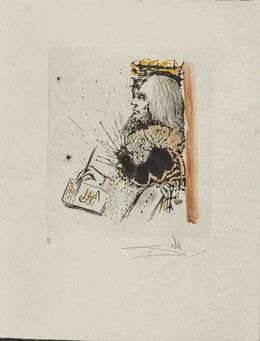
Salvador Dali
Print - 65 x 51 x 1 cm Print - 25.6 x 20.1 x 0.4 inch
$3,652
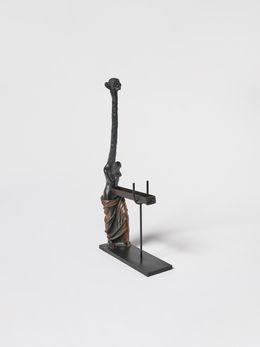
Salvador Dali
Sculpture - 56.5 x 9.5 x 27.5 cm Sculpture - 22.2 x 3.7 x 10.8 inch
$8,520
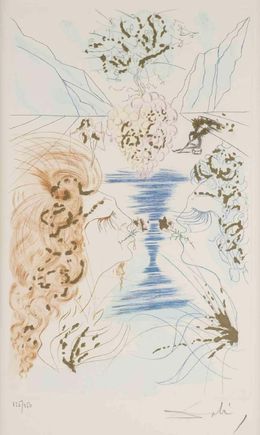
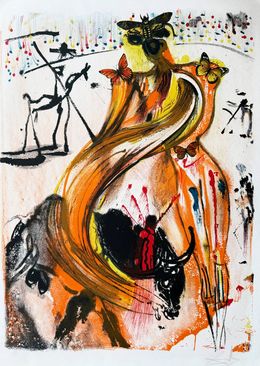
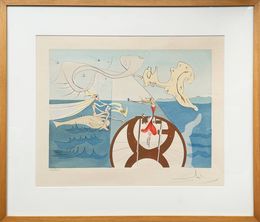
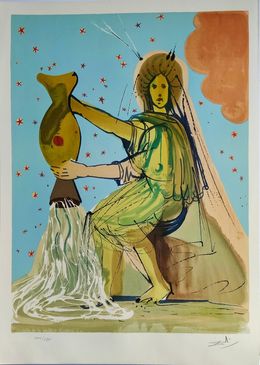
Salvador Dali
Print - 73 x 52 x 0.1 cm Print - 28.7 x 20.5 x 0 inch
$8,326
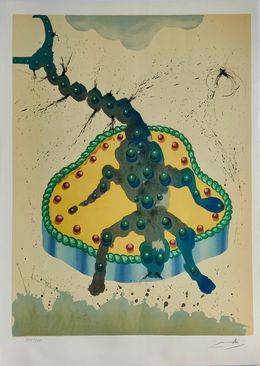
Salvador Dali
Print - 73 x 52 x 0.1 cm Print - 28.7 x 20.5 x 0 inch
$8,326
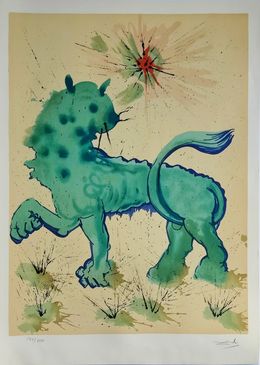
Salvador Dali
Print - 73 x 52 x 0.1 cm Print - 28.7 x 20.5 x 0 inch
$8,326
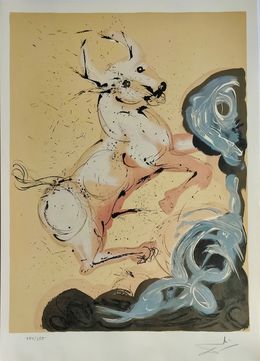
Salvador Dali
Print - 73 x 52 x 0.1 cm Print - 28.7 x 20.5 x 0 inch
$8,326
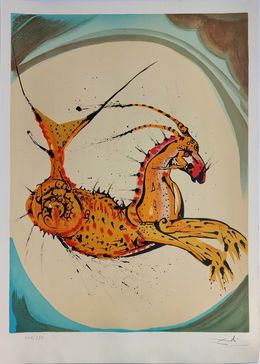
Salvador Dali
Print - 73 x 52 x 0.1 cm Print - 28.7 x 20.5 x 0 inch
$8,326
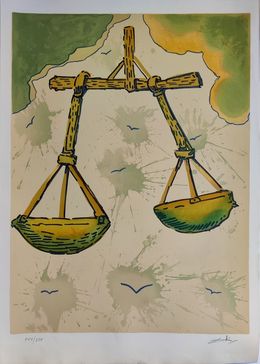
Salvador Dali
Print - 73 x 52 x 0.1 cm Print - 28.7 x 20.5 x 0 inch
$8,326

Salvador Dali
Print - 73 x 52 x 0.1 cm Print - 28.7 x 20.5 x 0 inch
$8,326
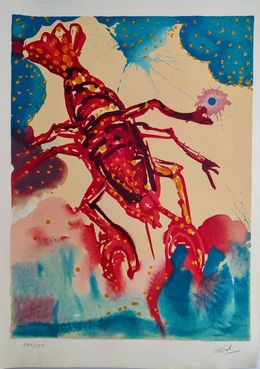
Salvador Dali
Print - 73 x 52 x 0.1 cm Print - 28.7 x 20.5 x 0 inch
$8,326
Studio of Salvador Dali
Exhibitions dedicated to Salvador Dali
Discover the movements linked to Salvador Dali
Discover similar artists
Posts about Salvador Dali
Discover our selections of works by artists
Salvador Dalí was famous for his surrealist paintings, marked by dreamlike imagery and technical precision. His eccentric personality and innovative approach made him a key figure in 20th-century art, influencing both art and popular culture.
Salvador Dalí was a Spanish surrealist artist born in 1904. He is famous for his dreamlike paintings, especially "The Persistence of Memory." Dalí also worked in film, sculpture, and photography. He had a distinctive mustache and eccentric personality.
Salvador Dalí was disowned by his father in 1929 due to Dalí's relationship with Gala and his involvement in Surrealism, which his father disapproved of. This familial rift deeply influenced Dalí's art and personal life.
Salvador Dalí died of heart failure on January 23, 1989, in Figueres, Spain. His declining health in his later years, including complications from Parkinson's disease, contributed to his death.





